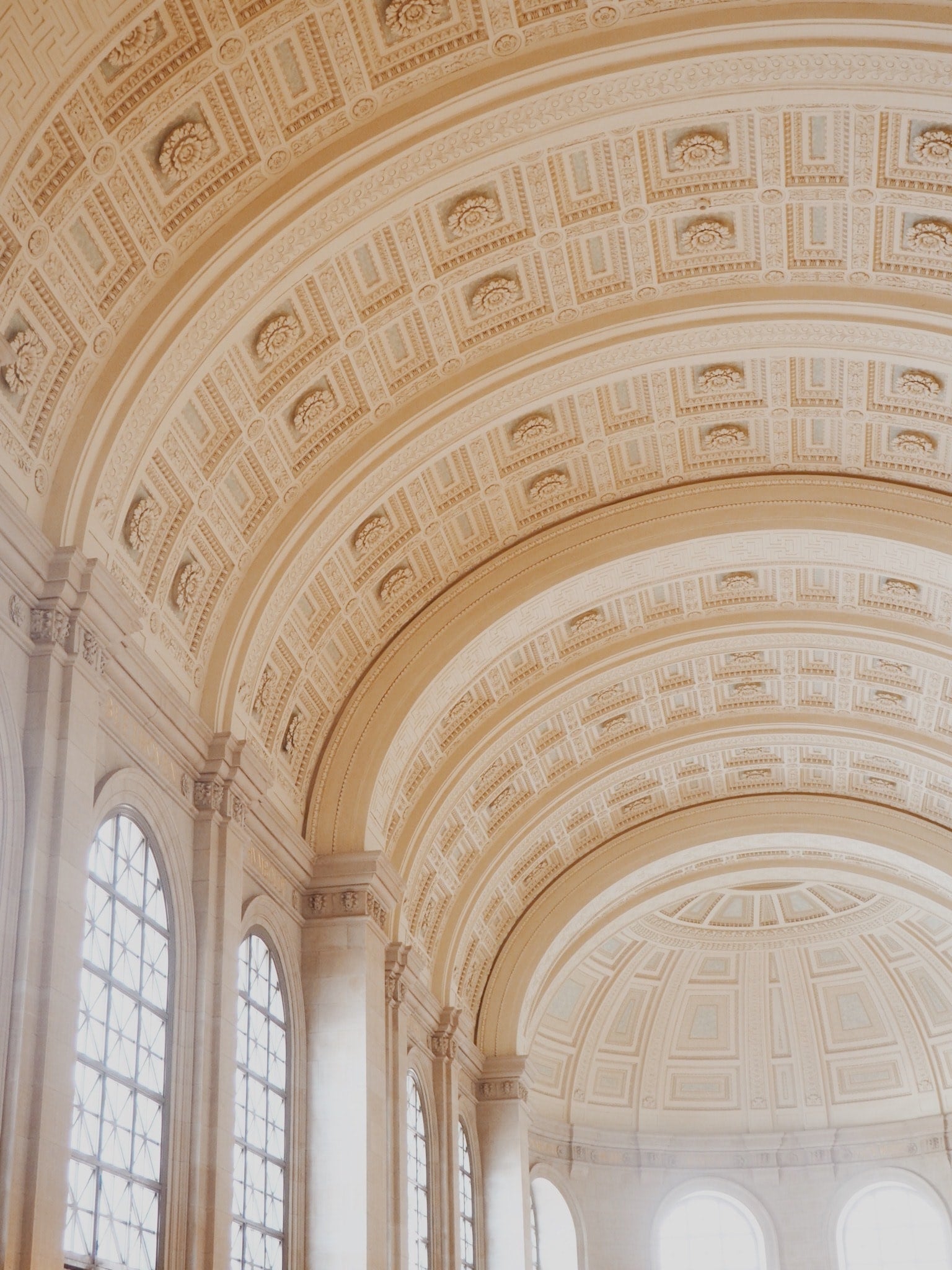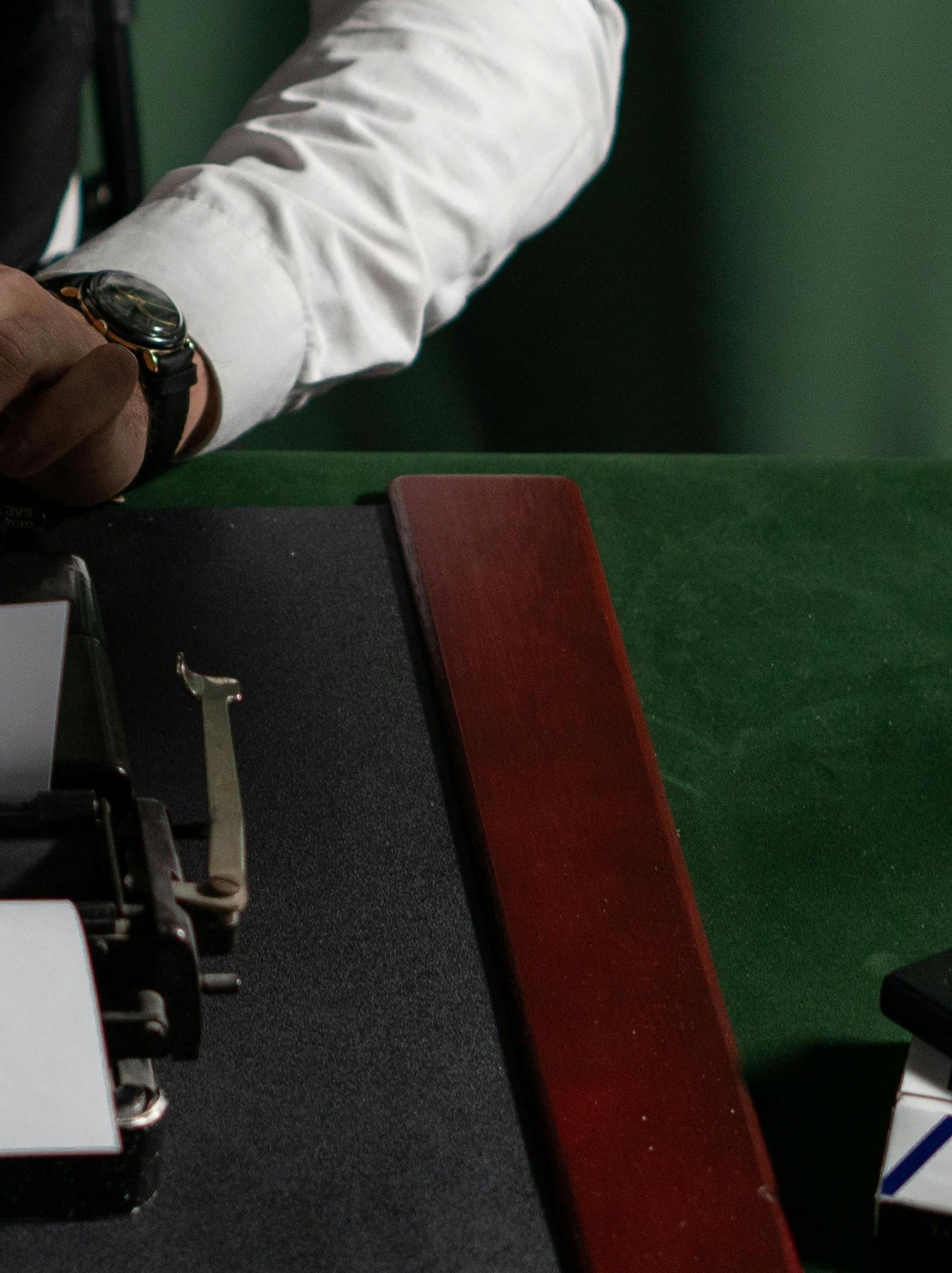A Brief History of Love Poetry.

Your introduction to the earliest writings on sex.
Thousands of years of human existence and still, our methods of seduction haven’t changed all too much—at least for those who consider themselves more romantically inclined. The earliest examples of erotic poetry date back to ancient times, with poets, well, waxing poetic about the object of their affections—either with the hopes of catching their attention or as a way of letting off some steam and an emotional release. Centuries before Pablo Neruda and even Shakespeare himself, these writers shaped a written tradition just as enduring as their passions. Consider this an introductory lesson on the beginnings of erotica.
Ancient Greece: Sappho
You’ve heard of Plato and Aristotle, Homer and—maybe if you’ve taken a Classics course—Aristophanes. But Sappho stands out from the rest: One, she was a poet in ancient Greece, likely born around 630 A.D., and she is believed to have been queer (yes, the word “lesbian” does originate from Sappho’s home island of Lesbos). She was a lyric poet (so her work was often accompanied by music), and while she did gain notoriety in her lifetime and shortly after, much of her work was lost in the Middle Ages. From what scholars could uncover, we’ve rediscovered the eroticism in her poetry, but it’s unclear whether these themes made up the bulk of her work. Still, the few fragments that remains enough to evoke a sense of longing:
“Once again Love, that loosener of limbs, bittersweet and inescapable, crawling thing, seizes me.”
Ancient India: The Kama Sutra
Unlike what popular culture may have led you to believe, the Kama Sutra is not a text on sex positions, but rather a tome attributed to philosopher Vātsyāyana, published sometime between 300 and 400 CE, about the art of love and living. It addresses both men and women, delivering advice on courtship and romance. It also includes poetry:
“Desire, which springs from nature, and which is increased by art, and from which all danger is taken away by wisdom, becomes firm and secure.”
Early Japan: Omo No Kumachi
In Japan’s Heien period—about 794 to 1185, the same time when the first known novel, The Tale of Genji was published—Omo No Kumachi gained a reputation as a woman of seemingly incomparable beauty and was sent to Japan’s Imperial Court. While there, she wrote celebrated poetry, largely to and about her lovers (a fact that was also celebrated). Her writing captures feelings of desire. One translation of a particularly poignant verse follows:
Early China: Zhao Luanluan
Living during the Zhizheng reign (1341–1367), Zhao Luanluan was born into an elite family, and lived life full of drama—though because we only have one full account of her life, we can’t be too sure how much it was fictionalized (for instance, history has misremembered her as a courtesan because of this early dramatization of her life). One thing we can be sure of is that a good amount of her work was of the erotic nature—one of her saved works is titled, “Five Lyric Outcries from the Boudoir” and includes lies as such, praising the female form:
The Middle Ages: Petrarch
Few western poets have had quite an influence on the way we idolize our crushes as Petrarch, the 12th century Italian writer who fell in love with a woman named Laura de Noves at first sight, and devoted the vast majority of his writing to. He typically wrote sonnets, following—and popularizing—traditions of courtly love, which effectively place the object of affection on a pedestal, from which they can truly be admired:
The Renaissance: John Donne
It can be surprising to some readers that the same writer who penned innuendos about flea bites could also write some of the most poignant religious poems—but that’s John Donne. Born in 1572, the English writer focused his early works on the politics of Elizabethan England, and also, eroticism—before shifting to more spiritual and religious topics later in his life. What stands out about his love poems is their directness, often speaking to lover with shocking (especially for the time) imagery. In one of his most famous poems, “The Flea,” he uses an especially inspired metaphor to express his feelings not being able to sleep with his beloved:



